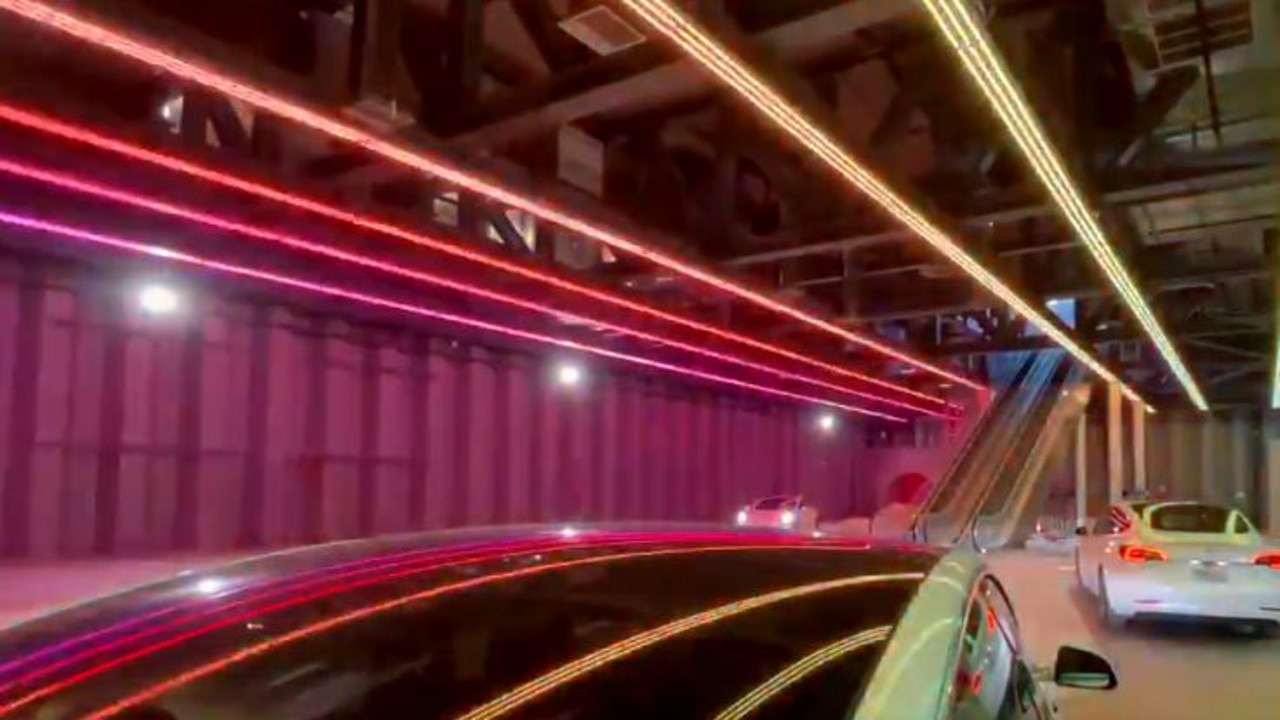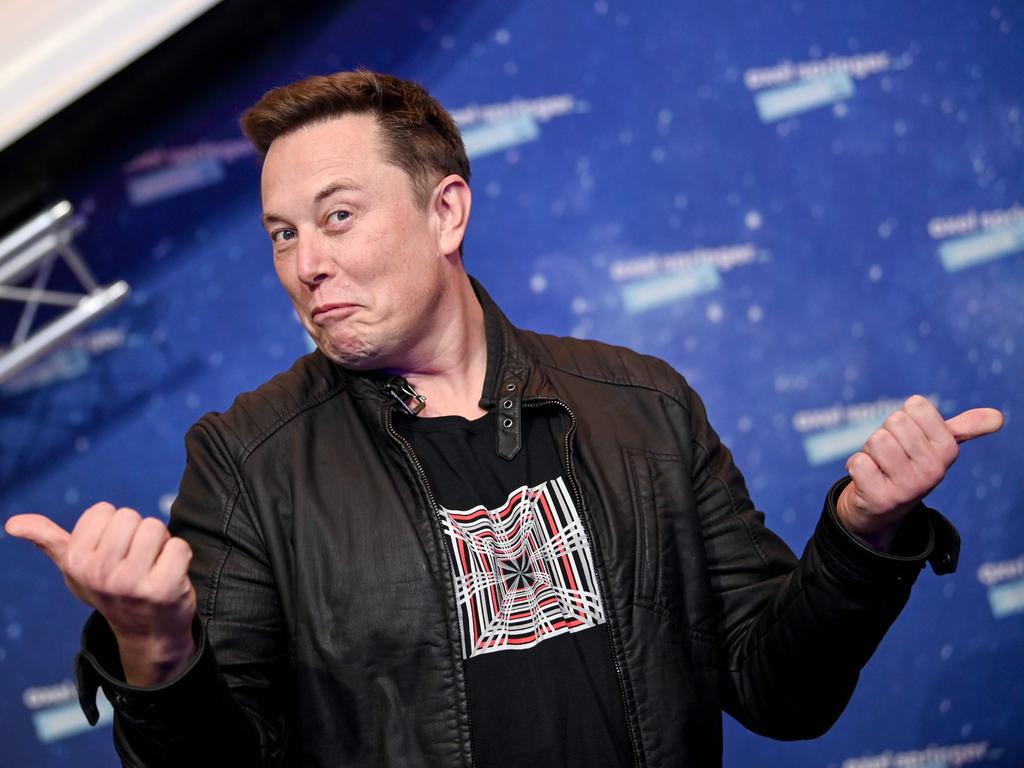Elon Musk’s The Boring Company Las Vegas Loop ‘just Teslas in tunnels’
A plan that could revolutionise public transportation is one step closer to reality ahead of its first real-world test next month.
One of Elon Musk’s lesser known companies is a step closer to having a real product as completion nears on The Boring Company’s first functioning tunnel.
The company celebrated with a “tunnel rave”, posting a video of lights changing inside the tunnel while departed Swedish DJ Avicii’s hit Levels echoes throughout the cavernous space.
RELATED: Problem facing the ‘future of food’
Tunnel Rave pic.twitter.com/d3JKOIAsy7
— The Boring Company (@boringcompany) December 4, 2020
RELATED: Human steak ‘not technically’ cannibalism
The tunnel covers approximately 1200 metres between one part of the Las Vegas Convention Centre and another, and is now set to open in January after being delayed three months.
Perhaps true to the company name, the tunnel isn’t as exciting as the plans The Boring Company (TBC) initially had.
It’s not the futuristic “Hyperloop” Elon Musk began talking about in 2012, but a less ambitious version that could integrate with a Hyperloop in the future.
RELATED: ‘Unimaginable sadness’ as Jetman dies

This version ditches the “hyper” and is just called Loop.
Passengers enter a compatible “Autonomous Electric Vehicle” (AEV) — no points for guessing these vehicles come from Mr Musk’s electric vehicle company Tesla — which then shoots them through the tunnel at up to 240km/h.
The Hyperloop, if it ever comes to fruition, plans to use vacuum sealed tunnels for intercity trips reaching speeds of almost 1000 km/h.
RELATED: Tesla ‘not really making something real’

The Las Vegas Loop is TBC’s first commercial offering, and although Mr Musk warned in October the system had been “simplified” to the point where it was “basically just Teslas in tunnels at this point”, he remained adamant that was “way more profound than it sounds”.
That same month TechCrunch revealed planning documents that showed TBC might not be able to deliver on the passenger frequency it promised, mainly due to fire safety regulations.



